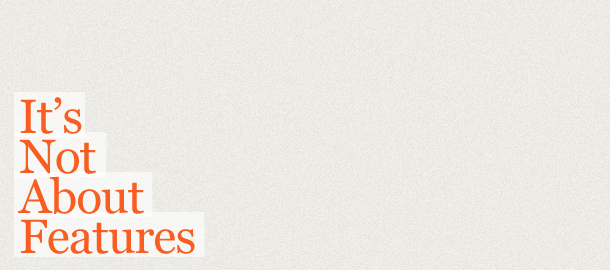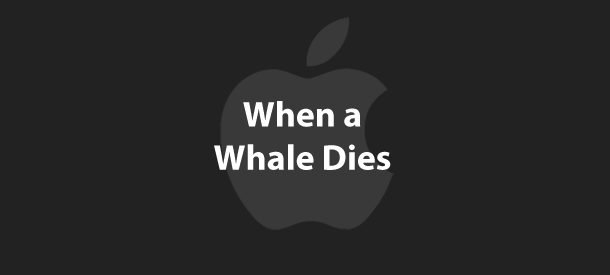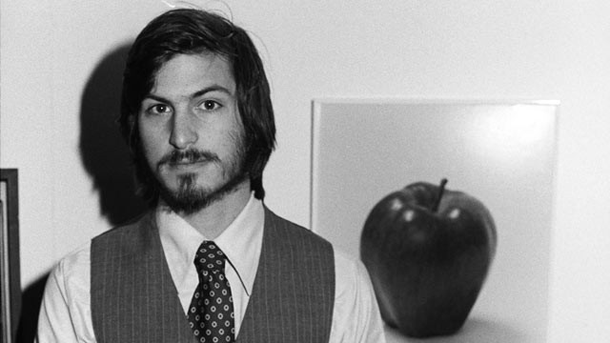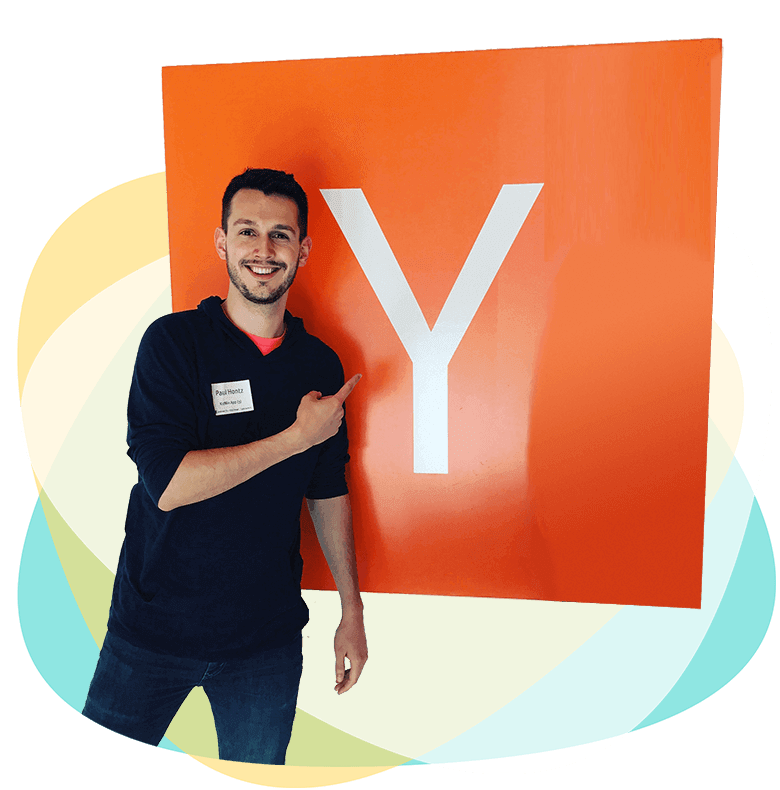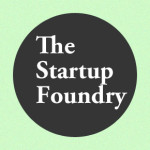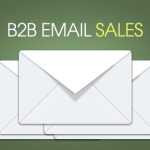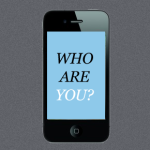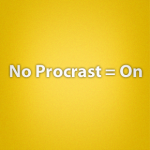It’s Easier to Answer to Your Code Than Your Customers

Over the last few weeks I’ve noticed a disturbing trend in startups that I’ve been covering: menial work. Put another way, procrastination by being focused on things that don’t matter. I’ve identified several ways I’ve seen it manifest in startups. I’ve also discovered why it’s such a common problem for startups.
Here are the two most frequent forms of menial work I’ve seen in recent weeks:
1. Pre-optimization:
Every startup likes to think that on day one they’ll be mentioned in TechCrunch, and the onslaught of high volume traffic and subsequent millions of users will bring their server to its knees. I’ve heard of startups that delay launching for a month or two to pre-optimize everything. Sure, it’s important to have a server that won’t fall over, but it is far more important that people want your service (which you won’t know for sure until you launch).
Solution: Launch sooner. What you’ve initially built and what people actually want are almost always different things.
The most common reason I’ve discovered is…
2. It’s easier to answer to your code than your customers
Talking to your customers can be scary. The technical founders (that inspired this article) love to hack away at their codebase but hated talking to their customers. “That’s a job for my (nontechnical) cofounder” he said. He then spent a week developing a feature that their customers didn’t want and never used.
Although nontechnical founders should spend more time with customers, technical founders are missing out on huge learning opportunities if they only sit in their house and code.
Solution: Realize your customers don’t care about your code (assuming it works and is secure).
Menial work feels really good. It feels like you’re making huge strides forward but all you’re really doing is procrastinating. Don’t fall into this trap. Answer to your customers.
For more startup news, follow on Twitter @startupfoundry or on Facebook.
